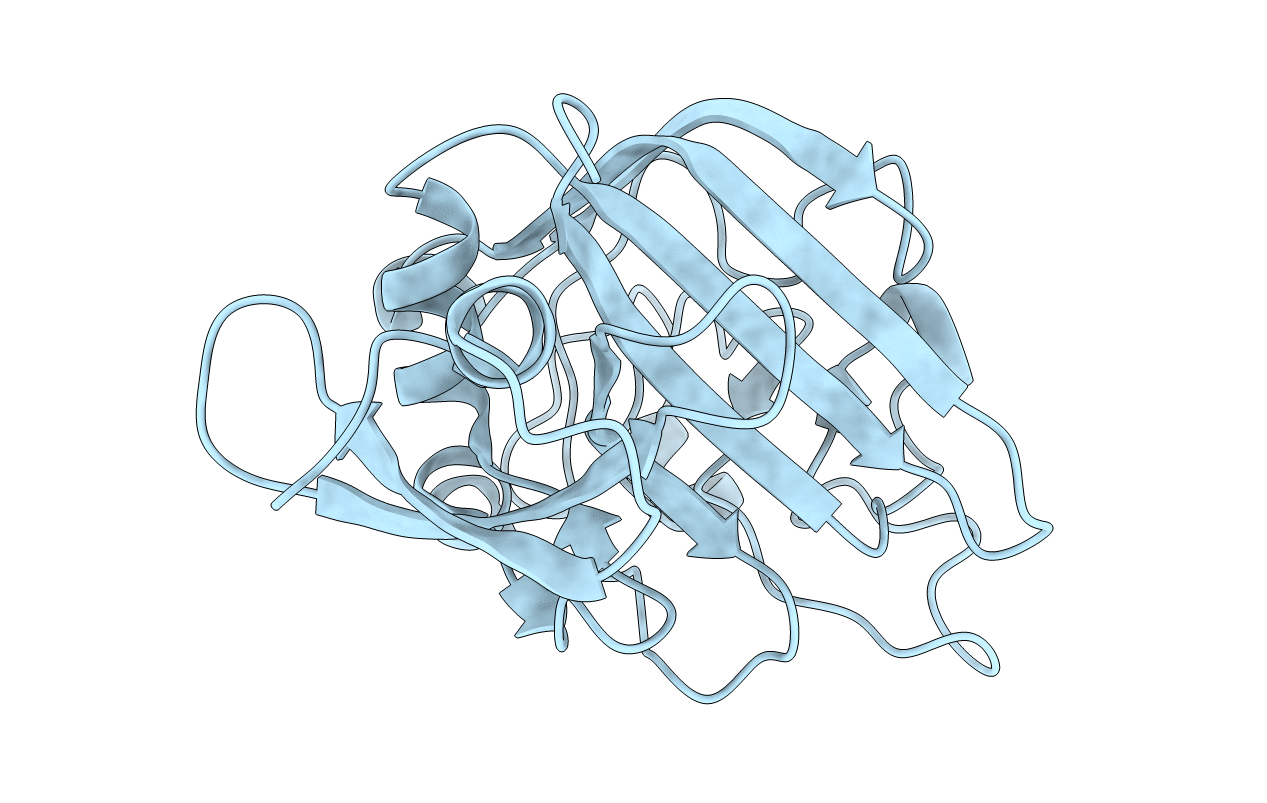
Deposition Date
2013-04-02
Release Date
2013-05-08
Last Version Date
2024-11-20
Method Details:
Experimental Method:
Resolution:
1.90 Å
R-Value Free:
0.24
R-Value Work:
0.23
Space Group:
I 2 2 2


